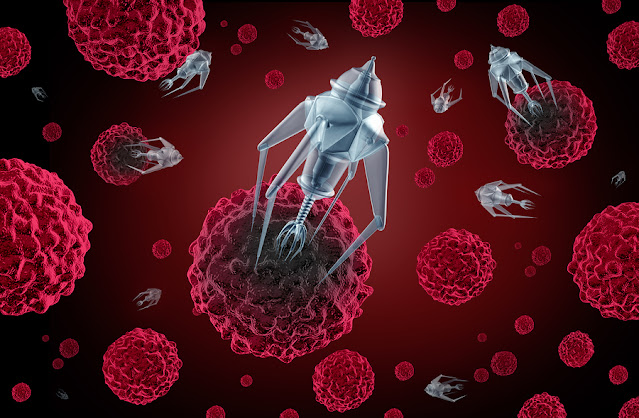Acute ischemic stroke (AIS), commonly known as a stroke, occurs when the blood
supply to part of the brain is suddenly disrupted or reduced, preventing brain
tissue from receiving oxygen and nutrients. The brain cells then begin to die.
A stroke is a medical emergency that requires prompt treatment.
Symptoms of Acute Ischemic Stroke
The symptoms of AIS can be remembered with the acronym FAST:
Face: The face may become numb or droopy on one side.
Arms: One arm may become weak or numb.
Speech: Speech may become slurred or garbled.
Time: It's time to call emergency services immediately if any of these signs
occur.
Some other common symptoms of Acute
Ischemic Stroke (AIS) include sudden numbness, confusion, trouble seeing in one
or both eyes, trouble walking, dizziness, or a severe headache. Often, symptoms
happen on only one side of the body.
Causes and Risk Factors of Acute Ischemic Stroke
There are two main types of stroke — ischemic and hemorrhagic. Ischemic
strokes, which account for about 87% of all strokes, occur when a blood clot
blocks or plugs a blood vessel in the brain.
Some of the most common causes and risk factors for AIS include:
- High blood pressure. Consistently high blood pressure damages and weakens
blood vessels over time.
- Heart disease. Conditions like atrial fibrillation, heart failure or a prior
heart attack increase the risk of blood clots forming.
- Diabetes. High blood sugar levels over time can damage blood vessels.
- Smoking and obesity. Smoking attacks lining of arteries and obesity strains
cardiovascular system.
- Older age. Risk doubles each decade after age 55.
- Excessive alcohol use. Binge drinking temporarily raises blood pressure and
triglyceride levels.
Diagnosis and Treatment of Acute Ischemic Stroke
If symptoms of a stroke occur, it's important to call emergency services right
away to receive rapid diagnosis and treatment. At the hospital, CT scans and
MRI imaging tests can confirm if a clot is causing the blockage and distinguish
ischemic from hemorrhagic strokes.
The most important stroke treatment is clot-busting medication administered via
IV. Tissue plasminogen activator (tPA) can dissolve clots and re-establish
blood flow if given within 4.5 hours of symptom onset. For some eligible
patients, minimally invasive procedures like mechanical thrombectomy may also
be used to remove larger clots.
Treating high blood pressure, atrial fibrillation, high cholesterol and other
risk factors can help prevent subsequent strokes. Lifestyle modifications like
exercising regularly, maintaining a healthy weight and diet, managing stress,
and avoiding smoking are also beneficial. Ongoing rehabilitation and therapy
may help recover lost functions.
Long-Term Effects of Acute Ischemic Stroke
While prompt treatment during a stroke aims to prevent permanent damage, some
effects may continue long-term depending on the location and severity of the
blockage in the brain.
Common long-term challenges after an AIS can include:
- Physical impairments. Weakness or paralysis on one side of the body is
common. Walking difficulty, lack of coordination and pain may also persist.
- Speech and communication problems. Expressive aphasia makes it difficult to
write or speak, while receptive aphasia impairs understanding of others.
- Cognitive issues. Memory loss, difficulty concentrating, decreased
problem-solving skills may develop due to frontal lobe injuries.
- Emotional/behavioral changes. Stroke survivors may experience depression,
personality changes, lack of motivation and mood swings.
- Post-stroke fatigue. Constant tiredness despite rest can negatively impact
rehabilitation efforts.
- Epilepsy. Seizures occur in 5-10% of stroke patients due to permanent scar
tissue formation in the brain.
With intensive and customized rehabilitation therapies, some function may be
regained even years after a stroke. However, lifelong strategies and support
systems are usually required to best manage stroke's long-term consequences.
acute ischemic stroke is a leading cause of death and disability
worldwide that requires immediate medical attention to treat. Understanding the
symptoms, risk factors and available treatments can help reduce its impact at
both individual and population levels through prevention and optimized
emergency care outcomes post stroke. Although challenging, recovery is still
possible with persistence and a multidisciplinary rehabilitative approach.
55555.jpg)



Comments
Post a Comment